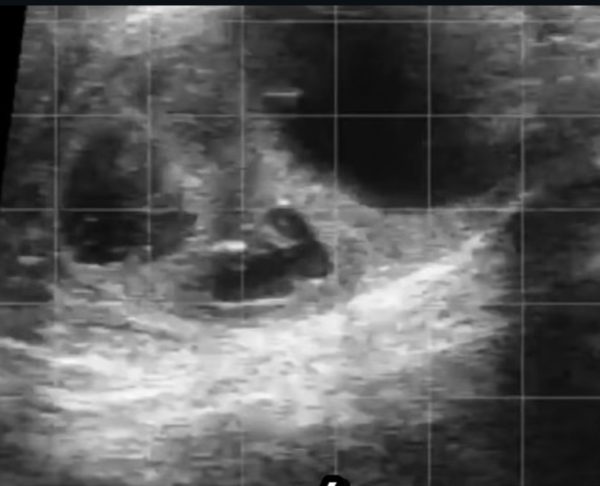How Should a Newborn Calf Be Fed?
How to avoid common mistakes and improve calf health from day one
One of the most critical moments in a calf’s life is birth. During the first hours after calving, proper nutrition is not optional — it is essential.
Colostrum is not only the calf’s first feed, it is its only source of immunity. However, incorrect management of volume and feeding frequency can lead to serious problems such as mechanical diarrhea, poor antibody absorption, and failure of passive immunity.
In this article, we explain how much colostrum a calf needs, how it should be offered, and why adapting our feeding systems to the calf’s natural physiology makes a major difference.
How much colostrum should a calf consume?
The general guideline is clear:
A calf should consume approximately 10% of its body weight in colostrum during the first 24 hours of life.
For example:
A 40 kg (88 lb) calf should receive about 4 liters of colostrum during its first day.
This intake must occur within the first 24 hours, which is the critical window for immunoglobulin absorption and passive immunity transfer.
Common mistake: feeding all the colostrum in a single feeding
Many producers, often for convenience, attempt to deliver the entire volume of colostrum in one feeding, using one or two full bottles shortly after birth.
The problem is that the calf’s abomasum is not designed to handle large volumes at once.
Its normal capacity is approximately 1 to 1.5 liters per feeding, and although it may stretch to around 3 liters, doing so increases the risk of digestive problems.
The consequences include:
-
Mechanical diarrhea
-
Reduced absorption of immunoglobulins
-
A weaker calf with increased disease risk
How does the calf behave under natural conditions?
The best reference is the calf’s natural behavior.
When a calf nurses directly from the dam:
-
It consumes 0.5 to 1.5 liters per feeding
-
During the first 12 hours, it nurses 4 to 7 times
-
By 24 hours of age, it completes 6 to 10 small feedings
This natural pattern shows that colostrum intake is distributed across multiple feedings, which supports digestion, gut health, and immune function.
This raises an important question:
Wouldn’t it make sense to adapt our management systems to the calf’s natural physiology?
Best practices for colostrum feeding
A practical feeding strategy includes the following steps:
First feeding: Within the first 2 hours after birth, offer the maximum voluntary intake (ideally around 1.5 liters)
Second feeding: Between 6 and 8 hours later
Additional feedings: If management allows, provide one or two more feedings before 24 hours of age
The objective is to reach the total recommended volume, but divided into several feedings, not delivered all at once.
Colostrum quality is equally important. Ideally, colostrum should contain at least 50 mg/ml of IgG, which can be measured using a colostrometer or Brix refractometer.
With good-quality colostrum, the calf can achieve a total intake of 150 to 200 grams of IgG, ensuring effective passive immunity.
What comes after colostrum?
Once passive immunity is established, the calf transitions to a liquid diet based on milk or milk replacer, along with gradual introduction of:
-
Clean, fresh water from day one
-
Starter concentrate during the first week of life
-
Soft forage in some production systems
This feeding strategy supports proper rumen development and allows for successful weaning between 60 and 90 days of age, depending on the system.
Learn calf nutrition from birth to weaning with BovinosVirtual
In our Basic Bovine Nutrition Course, we teach how to design and manage diets from the first day of life, using real production systems, scientific principles, and practical field-based strategies.
You will learn to:
-
Calculate nutritional requirements
-
Evaluate colostrum, milk, and starter feeds
-
Improve feed efficiency from the first month
-
Use practical tools and nutrition simulators
All content is designed for immediate application in the field.
For more information or enrollment, visit bovinosvirtual.com.









